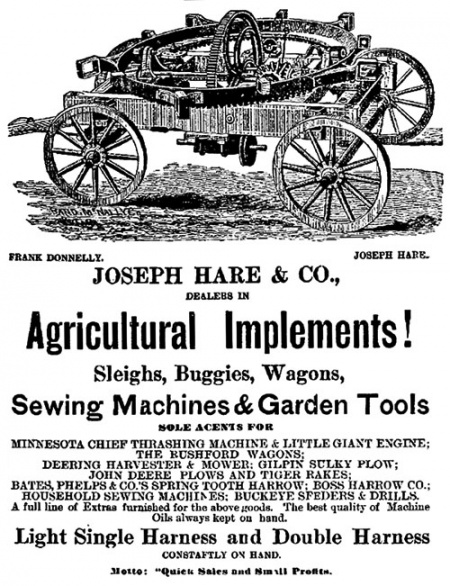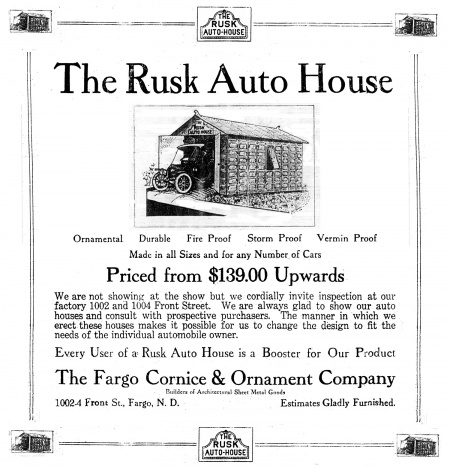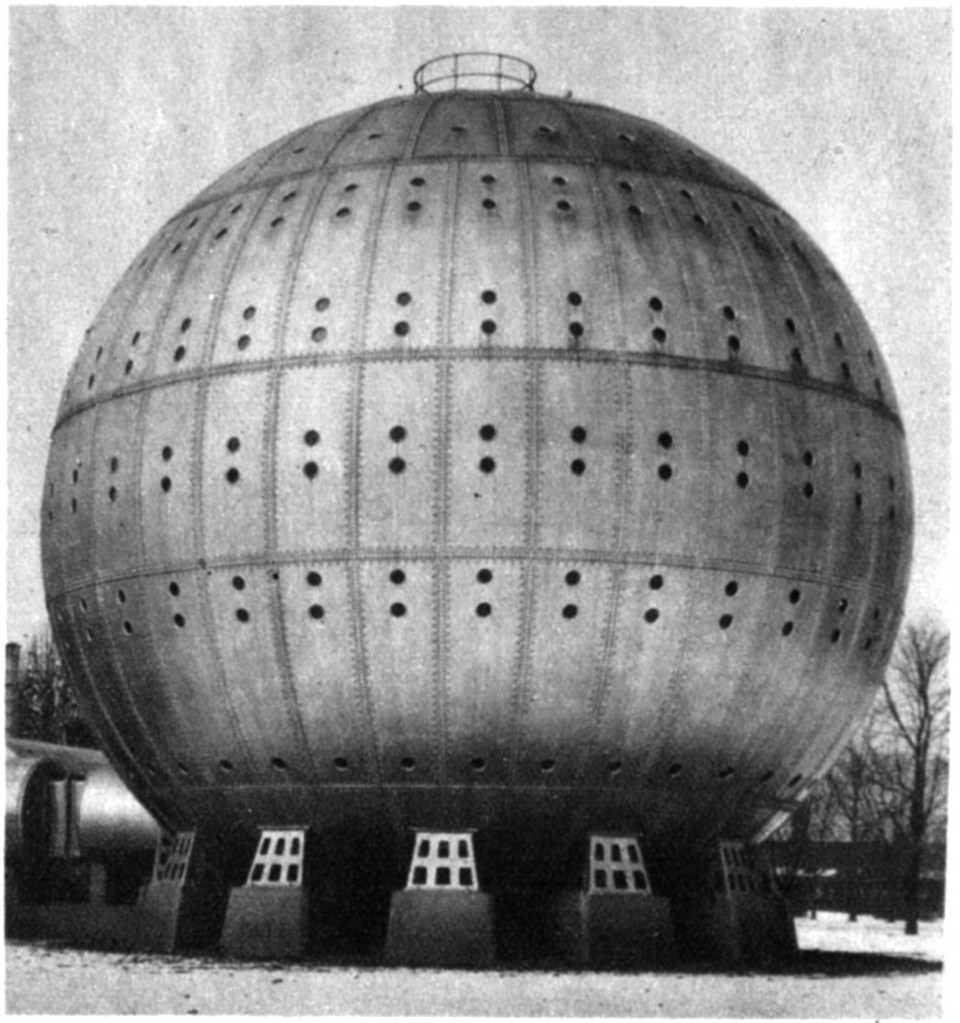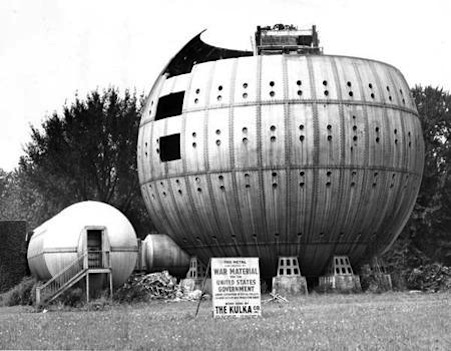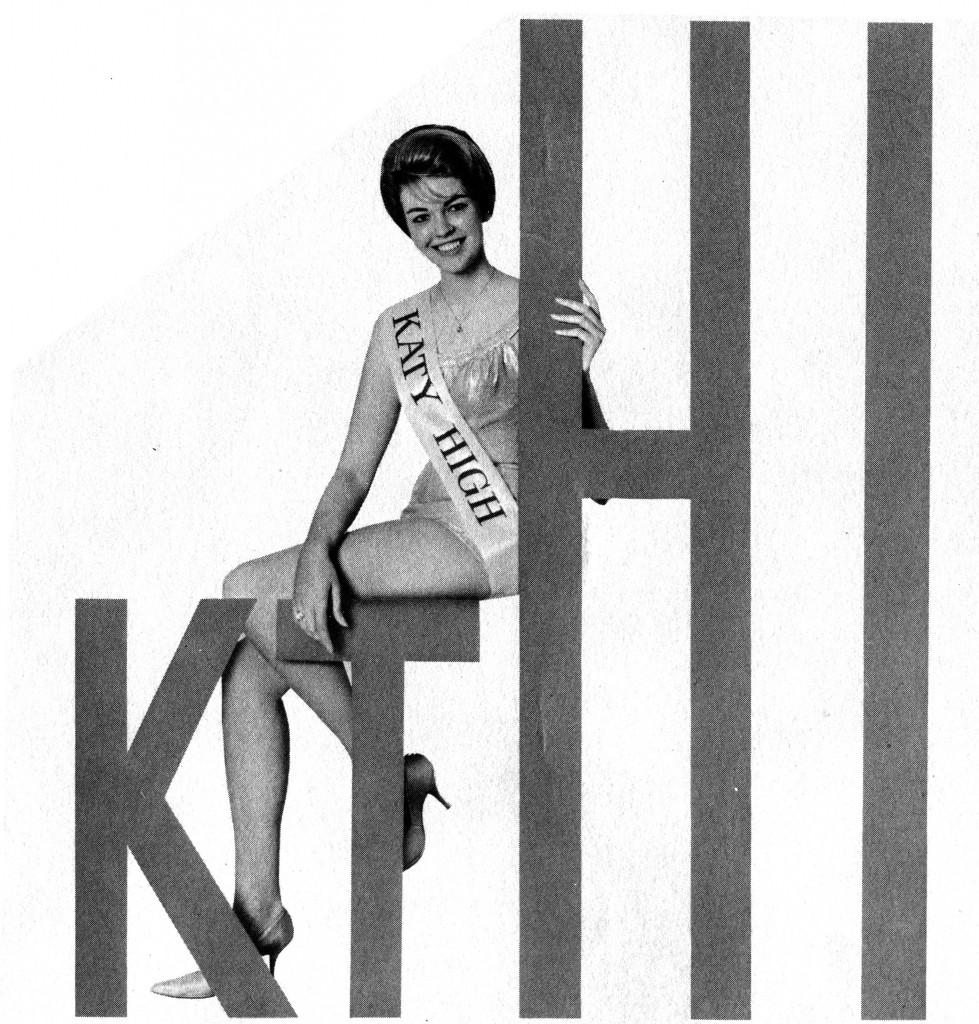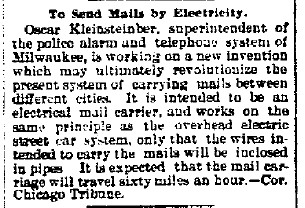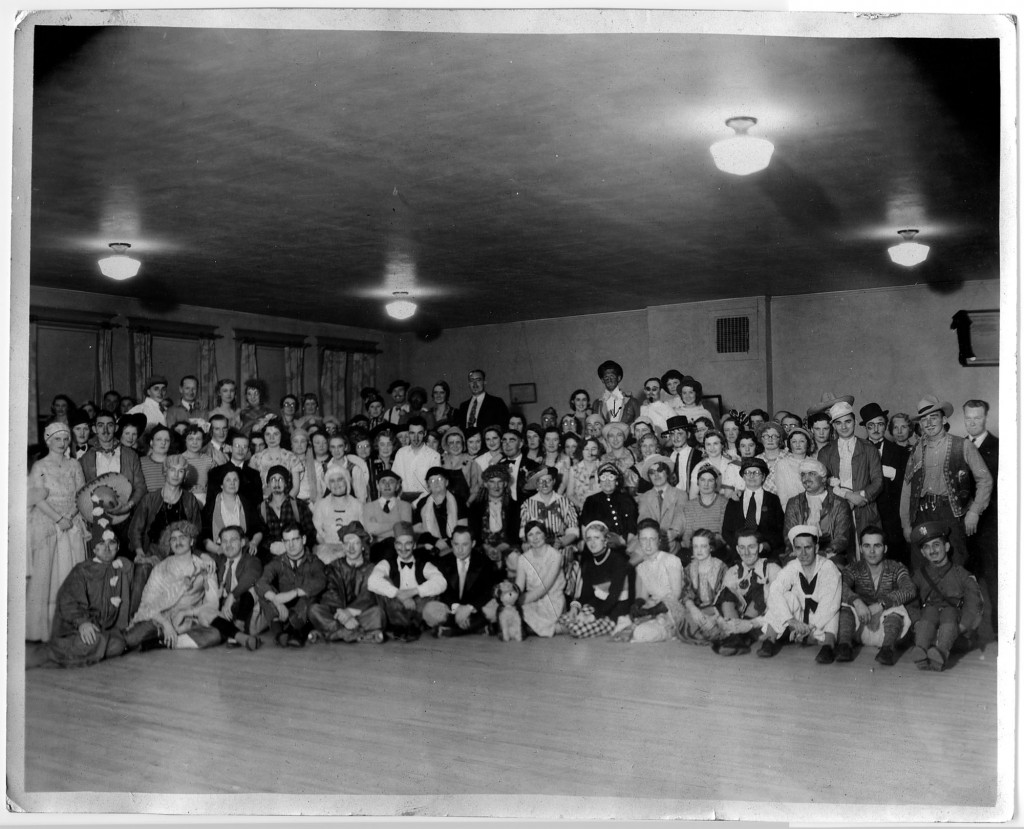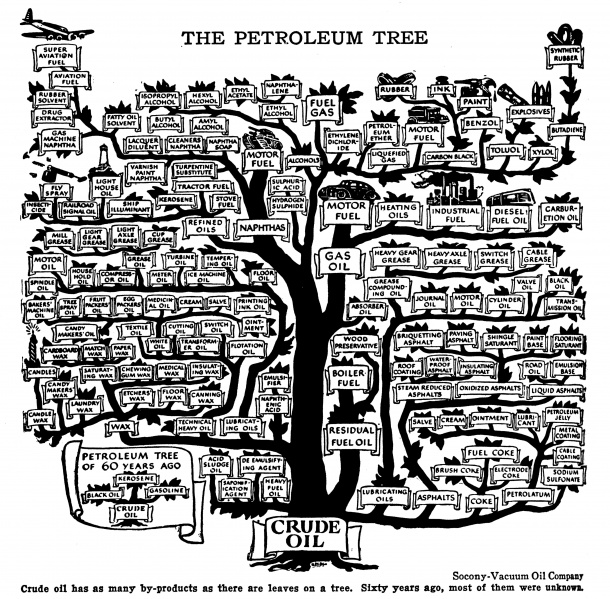If you head north on Highway 18 from Casselton, on your way to Arthur and Hunter, you’ll pass by the little town of Amenia. You might not even notice it: the highway takes a bend to the east, and a thick shelterbelt blocks the view of town, other than the grain elevator peeking over the trees like a giant on patrol.
Eben Chafee was an old man when his family contributed a large chunk of money to what would become the Amenia and Sharon Land Company. The investment group had bought railroad shares, which hadn’t done well in the 1870s, and they cashed in their stock to reinvest in something else West-related. Rather than trains, the group bought land in Cass County, North Dakota, and send ‘ol Eben west to run the place.
Most of the other “bonanza” farms were merely owners, not farmers; the investors managed inventory and land and workers, but land was leased out, or crops were grown on a cost-sharing method, so there wasn’t a whole lot of tools lifted by the full owners of a bonanza farm. Chaffee saw things differently: sure, it was a lot of work to grow crops, and labor was expensive, but Chafee knew that the fertile land of North Dakota could be very profitable if the Amenia and Sharon Land Company controlled everything, from seed to trains.
They attempted to build their own rail line, but not much came of it; the big railroad companies were happy to run rail lines themselves where needed. Everything else, though, Chaffee build himself: a network of grain elevators, towns full of general stores and blacksmiths and gas stations and hotels, everything needed to support an army of farmers hired to work the land for the Amenia and Sharon Land Company.
The company existed until the 1920s, well past the age of the bonanza farm, but the towns Chaffee built are still there. Amenia may not be much today, less than a hundred residents on the census, but in its day the town was a industrial hub, providing a valuable service to hundreds of farmers, all for the profit of the Amenia and Sharon Land Company.
The town might not be visible, but Amenia was where this photo was taken — which was immortalized on a two-cent stamp commissioned for the 1891 Trans-Mississippi Exposition. The stamp shows Chaffee’s farmers working the land with a massive horse teams all lined up. This stamp bent the rules a bit: only in the past years have US Postal Service rules allowed for a living person to appear on a postage stamp. In the “Farming in the West” stamp, however, it was quite certain that there were at least a couple of the people in the photo still living when the stamp was released. Although the town of Amenia might not have the value it once did, the “Farming in the West” stamp still holds value to stamp collectors.
Learn more about Chaffee and the founding of Amenia in the Dakota Datebook story I filed for today.
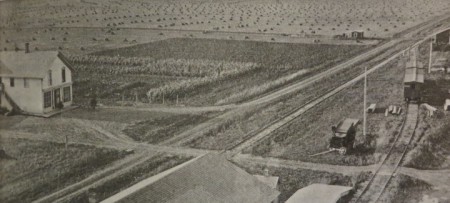
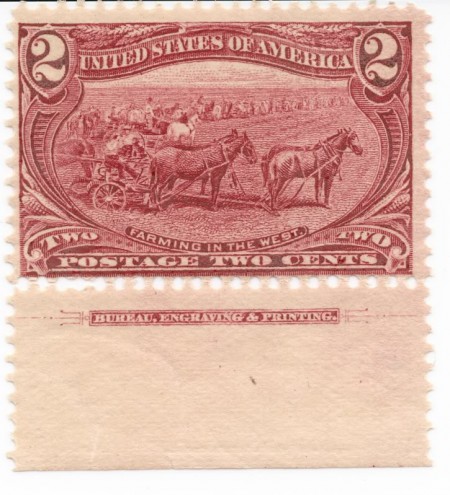
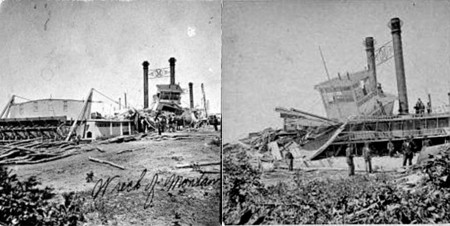
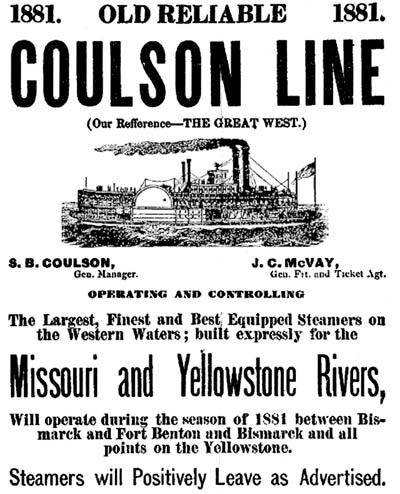
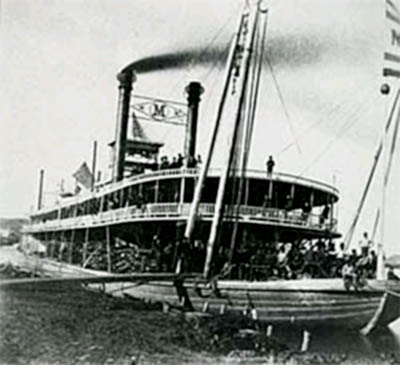
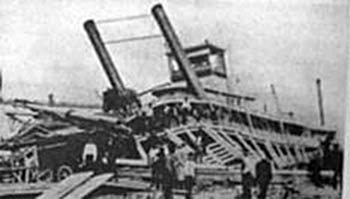
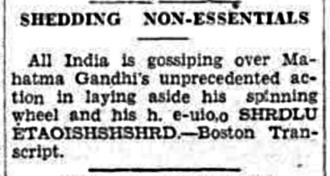 It reads:
It reads: